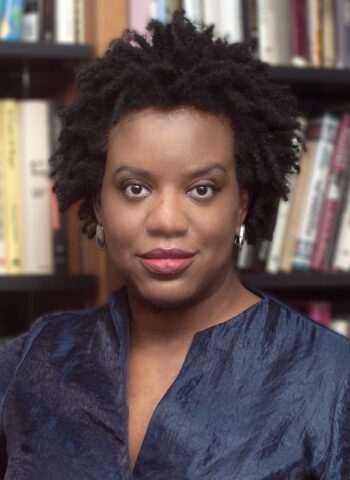
Jam on the Vine is the story of Ivoe Williams, a young woman who grows up in late nineteenth century Texas, and who with her lover goes on to found a newspaper in Kansas City. The book is about a girl who loves reading who becomes a writer and the lifelong love affair that an individual can have with the written word. It is also an epic story, as Williams reports on Red Summer of 1919, the horrors of the American prison system, the 1925 World’s Fair in Paris, what it meant to be a lesbian in the early twentieth century, and Williams’s changing views about the dangers and solutions to the racism that she and others face. The novel bears witness to the Muslim former slaves living throughout the South, tells the heartbreaking love story of Ivoe’s parents, Lemon and Ennis, and depicts the long history of activism that has defined the African-American community for more than a century. Barnett’s book masterfully manages to be both an intimate tale of individuals and a novel of broad sweep that feels contemporary in its concerns and values.
While this is her first novel, Barnett has been writing for many years. She is the author of the short story collection Callaloo and the nonfiction books Off the Record: Conversations with African American and Brazilian Women Musicians and I Got Thunder: Black Women Songwriters On Their Craft. Barnett is currently touring the country in support of her new book.
***
The Rumpus: I really loved Jam on the Vine and it hit me in so many ways. Where did the book start for you?
LaShonda Katrice Barnett: I have two answers for that. I grew up in a family that has always revered the black press. When I was a five year old, my grandmother would give me fifty cents and tell me to go up the street to the corner store to buy a copy of The Kansas City Call—Kansas City’s black newspaper. That was my first chore, to go get her the black newspaper. She read it with such reverence. Of course we read all the major newspapers, but the black newspaper had special meaning in my family.
Fast forward many years and I’m in graduate school at the College of William and Mary working on a PhD in American Studies. I noticed that all of the really great black history books received their source material from the black press. I’m a person who pays attention to footnotes. I love footnotes. I thought to myself, someday somebody ought to write a book about the black press. That would be a great story to tell. That’s kind of how the book started for me, as a valentine to the black press. I’ve been carrying this idea for a very long time. I identify as a lesbian and I knew that my main character would probably be a lesbian. I was very happy when she finally showed up and confirmed that for me. I get very upset about how American culture depicts gay and lesbian people.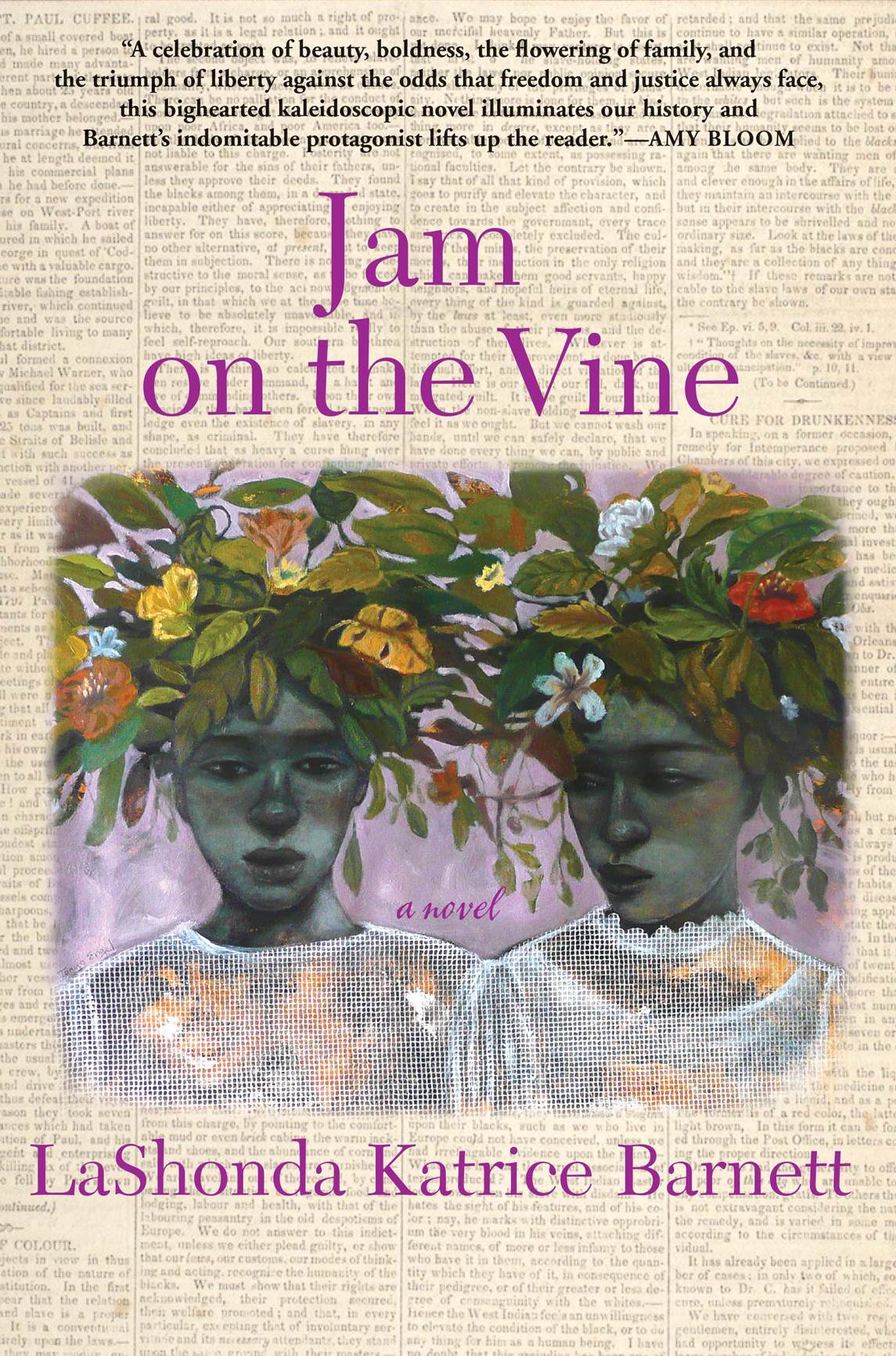 I think one of the ways that a society gets away with maligning queer people is to erase us from history. I thought it was a wonderful opportunity to have this lesbian heroine set in a historical narrative. If queer people ever have their praises sung in a historical context, it’s always related to theater or Hollywood or the world of fashion, but you never hear the stories about queer people in politics or activism. It was a conscious decision that my queer heroine also journalist and a social activist.
I think one of the ways that a society gets away with maligning queer people is to erase us from history. I thought it was a wonderful opportunity to have this lesbian heroine set in a historical narrative. If queer people ever have their praises sung in a historical context, it’s always related to theater or Hollywood or the world of fashion, but you never hear the stories about queer people in politics or activism. It was a conscious decision that my queer heroine also journalist and a social activist.
Rumpus: There’s a point early on and Ivoe is reading The Klansman and makes the observation that the depiction of African-Americans in the book does not exist and there is an erasure of her life and people.
Barnett: Exactly. I think she says that about the depiction of blacks as “shiftless and lazy,” and basically the “no count.” Why would slavery have thrived from 1619 until 1865 if black people were lazy? [Laughs] She’s interrogating that idea, but you’re right, she’s trying to insinuate something larger. Where are the other black people who have agency or try to have agency over their lives? Where are those people and why are they not depicted in the book?
Rumpus: In writing historical fiction, one has two options. One can insert characters into real events or craft fictional events based on historical fact. You do both. For example, the lynching of Will Brown happened as you describe, but then while there were many Pan-African Congresses, there was not one in 1925, for example.
Barnett: African-American history is so rife with really important information that most people never know. And when I say most, I am including black people and all American people. We just do not know African-American history in this country. I thought, I’ll be damned if I’m going to miss an opportunity to not insert very significant events. For example, when Ivoe goes off to college she attends Willetson College in Austin, Texas. I went to archives trying to figure out, how can I get Ivoe to cut her political teeth, so to speak, when she’s in college? What’s happening in Austin between 1905 and 1907 when Ivoe matriculates? I was blown away to discover that there had been over thirty boycotts of trolleys in the South. It seems to me that history, as it’s depicted in social studies book from elementary school to high school, and even beyond, has really let America down by not showing the tradition of activism that has belonged to African Americans for a very long time. Fifty years before Rosa Parks refused to give up her seat on the bus, there were black people all over the South refusing to give up trolley seats, and masses of black people boycotted. Newspaper after newspaper had front page coverage of these trolley boycotts. I thought, that’s really got to go in the book. That’s just the tip of the iceberg of what we don’t know about black America. It seems to me that the black history narrative in our country is slavery and then we fast forward to Selma. Which is a shame because there’s an awful lot of history between slavery and Selma.
The lynching of Will Brown was so horrific to me. I was researching Red Summer, another event that people don’t know about. I don’t understand why that’s not a huge chapter in every single US social studies book because it was the most anarchic period in our history. Thirty race riots from coast to coast the summer of 1919. Imagine Ferguson on steroids. I first learned about the lynching of Will Brown reading biographical information about the actor Henry Fonda. His father owned a printing press across the street from the Omaha courthouse and Fonda wrote very poignantly about why he was anti-racism and how as a twelve-year-old boy he stood in the window of his father’s printing shop and watched white people lynch this man, Willie Brown. Justice had been served, Will Brown was acquitted of the crime he was accused of, but then there was a mob that took the law into their own hands. They brought down the United States flag and the state flag of Nebraska and they hung Will Brown from the flagpole. When I read that I just thought oh my god, a story wherein average Americans take the law into their own hands and enact this kind of vigilante horror on a courthouse grounds must be written about.
Although W.E.B. DuBois had spearheaded several Pan-African Congresses in Europe, there wasn’t one in 1925–but I wanted to give Ivoe a reason to go to Paris with the love of her life and have it coincide with the World’s Fair. That was a very important world’s fair. The term “art deco,” and its artistic philosophy, was born and articulated during that fair. I wanted Ivoe to have an experience that was very democratic, very free. But, one of Ivoe’s conversations with fellow journalists from Martinique (based on real historical figures Paulette and Jane Nardal, who I refer to as the Ardlan sisters in Jam) reveals to her that France is not this bastion of égalité et liberté for all that she thinks it is. It is in that moment that Ivoe realizes that there’s no utopia on the planet for a woman of color and so she’s got to devote her life to working for justice. 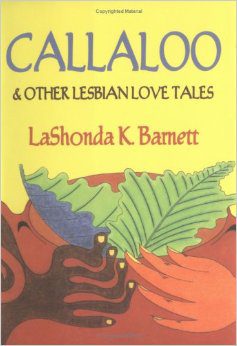 I also wanted to give Ivoe and Ona a very good time and end the novel on an upsweep. I took license with adding the Pan-African congress of journalists because there was actual historical precedent, which I think is important if you’re writing historical fiction. You can call yourself a novelist and not have to worry about that, but if you’re calling yourself a historical novelist, I think you have to honor history.
I also wanted to give Ivoe and Ona a very good time and end the novel on an upsweep. I took license with adding the Pan-African congress of journalists because there was actual historical precedent, which I think is important if you’re writing historical fiction. You can call yourself a novelist and not have to worry about that, but if you’re calling yourself a historical novelist, I think you have to honor history.
Rumpus: Before I started the book, the historical figure I thought of—and no doubt many other readers did as well—was Ida B. Wells, the famous journalist who is especially remembered for her examination of lynching.
Barnett: Absolutely. She was the subject of my very first African-American history essay I wrote when I was nine–the age Ivoe is when the book opens. She’s been in my mind since third grade, and also the little-known Charlotta Bass, who was the first black woman to launch her own newspaper. She started The California Eagle in 1912 and was the editor-in-chief of the paper until 1951. Then she ran on the Progressive Party ticket for Vice President of the United States. The first black woman to run for a national office. And nobody knows about her. [Laughs] Ida and Charlotta inspired Ivoe.
Rumpus: Could you talk a little about Ivoe’s political journey and the changes that her newspaper Jam on the Vine goes through?
Barnett: I think that her early vision in part is really shaped by her having grown up in a sharecropping community in Texas and the sort of prejudice she experienced growing up in a rural, working-class black community. When she goes to Austin for college she meets Ona Durden–who will become her lover–but one of the things that draws her so much to Ona is Ona’s community activism. Ona is the first person to pose to her, what are you doing to uplift the race? She’s thinking about her community and she’s thinking about Ona’s question. She’s at an all-girls school and if you do any research on early women’s college there’s a tone in all of the literature that comes from the colleges that’s very much about deportment, how to carry yourself, how to be a lady of the world. All of this shapes young Ivoe so that her political stance is, at first, accommodationist. When the newspaper first starts, she’s speaking as a graduate of a women’s college, but also as a person from a black community where people received a lot of prejudice. Ivoe thinks, if only they [black people] carried themselves differently—more refined, acted more polished. We hear that rhetoric today. If black boys would pull their britches up, if they wouldn’t sag their jeans, if they didn’t wear braids or dreadlocks, if they didn’t play their hip hop so loudly, they would be treated differently. That’s hogwash, but Ivoe buys into that because she’s been trained this way at Willetson College. It also addresses why her subscription count is so low. She’s very preachy; the paper’s editorial voice is polemical, which has no place in the delivery of the news so her newspaper initially fails.
When Ivoe has been in Kansas City for a little while—and literally has her ear to the vine and she’s hearing people’s stories and watching—it occurs to her that she’s been going about being a voice for the community all wrong. That she’s been victimizing the victims instead of really getting at the problem at the root of the problem, which is the corrupt Kansas City police force. She begins to investigate the disproportionate incarceration of black men in prison in 1921, which, of course, we are still dealing with in 2015! Ivoe comes to understand that her people—black men, specifically—are under siege. That they are hunted. She’s not in the country anymore, she’s in the city, and no one’s in white sheets in the city; they’re in dark uniforms carrying badges.
Rumpus: In broad strokes, were those the two basic models of the black press, one more accommodationist and one more militant, for lack of better terms?
Barnett: I don’t mean to rob the press of its nuance, but particularly during the Jim Crow period, there were these two threads. Accommodationist, which were very DuBoisian, Talented Tenth, Be “model negroes.” Other papers, like the Chicago Defender, the Boston Guardian, the Philadelphia Tribune were decidedly more radical, or militant—words black press scholars invoke rhetorically but which are ridiculous when referring to black folks’ struggle for equal rights. The photographs and report upon report of violence perpetuated against blacks by whites published in early 20th century black newspapers could’ve stoked riot after riot.
Jam on the Vine is loosely modeled on The Kansas City Call newspaper founded in 1919 and still going strong today, as The Call.
Rumpus: You have a key scene where Ivoe is on the train returning to Kansas City from Omaha, reading the newspapers about the riot she just experienced, and her anger becomes so palpable because of how the newspapers cover the rioting.
Barnett: Exactly. Journalists inking lies to advance an agenda about black people; and not just inking lies, but doing something which I think is worse—not addressing the victims and the victimized community at all. Reporting the story and leaving the truth of the story out, and also a blatant ignoring of the community that was affected by this travesty.
When I worked on that chapter and sent it to the assistant editor, there’s one part where Ivoe talks about someone’s charred finger being sold to her. The assistant editor said, too much, thought maybe it should be taken out. I guess it sounded sensationalistic to her. I understand, but I didn’t take it out. That really happened. You can read about it in September 1919 issues
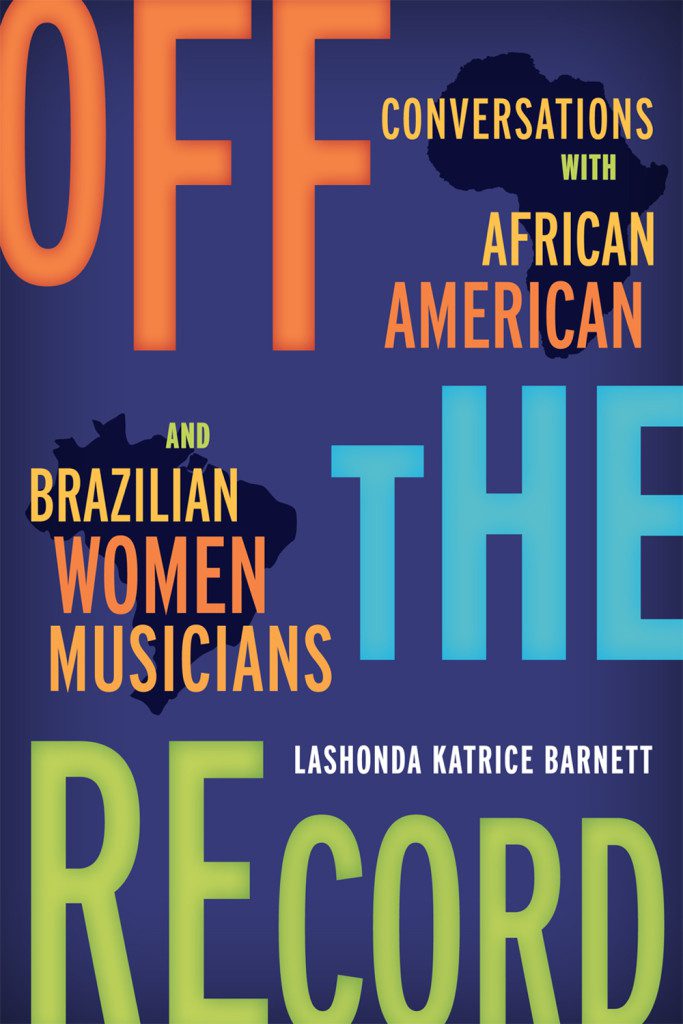 of the Omaha Bee. Human beings—Americans—did this in 1919 and following lots of lynchings: sold charred body parts of black people as souvenirs. I kept it in the book even though it’s sensationalistic and it seems far-fetched, as a reminder that we come from a very gruesome culture.
of the Omaha Bee. Human beings—Americans—did this in 1919 and following lots of lynchings: sold charred body parts of black people as souvenirs. I kept it in the book even though it’s sensationalistic and it seems far-fetched, as a reminder that we come from a very gruesome culture.
Rumpus: I liked Ivoe and Ona’s relationship, but the relationship that almost brought me to tears a few times was that of her parents, Lemon and Ennis.
Barnett: It brought me to tears, too, because she had to lose him. I have been very bothered all of my life by historical scholarship and mainstream ideas about black families. The popular belief that black men always abandon their women and their children. That during the Great Migration they saw this as an opportunity to get themselves free because they could just leave and go to the North and claim that they’re going for better job opportunity and then never come back. As a black person, this has been in my culture and in my conversations all of my life, but it’s also been corroborated in scholarship. There are sociologists who dedicated time, energy and research to debunking ideas of the black family. When I was thinking about Lemon and Ennis’s relationship I was very sad at the beginning because I knew that he would have to leave.
I wanted to him to leave to raise the issue of this question: Are we really sure that historically black men always left because they wanted to be free? How about the many who were lynched? The many who were killed? The many who left home with every intention to return back to their loved ones but couldn’t because they had their lives taken from them?
I wanted to problematize this hundred-year-old rumor that black men don’t want to be family men and that they leave. To me the heartbreak of Lemon and Ennis is that they represent the undocumented African-American couple. There are scores and scores of families that this happened to and we don’t know their stories. What sticks is this very negative image of African-American men not wanting to be husbands and fathers. In a country, in a society, where black men are hunted—literally—it stands to reason that many were not able to go home. I thought the incarceration link was perfect. That’s what would have happened Ennis. There’s no way they would have let him return to his home. I knew he’d return because he’s that kind of man and they have that kind of love.
Rumpus: As you said, Ivoe’s concerns about incarceration and how it breaks apart the community is very contemporary, but it’s also a historical fact.
Barnett: This buzz phrase, “prison-industrial complex,” is not twenty years old or fifty years old. It’s been a phenomenon for a very long time. You can really pinpoint it to the end of slavery. Prison farms proliferate all over the state of Texas from 1870 on. Michelle Alexander’s book, The New Jim Crow, talks about this in depth.
Rumpus: Ivoe goes to the Missouri State Penitentiary and details the horrific conditions there, which I assume you researched and are all disturbingly accurate.
Barnett: The Missouri State Penitentiary, which closed in 2004, was called by Time Magazine “the bloodiest 47 acres in America.” It was consistently ranked in the top three for most deadly maximum-security institutions. I didn’t know that before writing Jam. I researched only the things I needed to know for the story–otherwise I would’ve gotten carried away. It is so easy to procrastinate in the name of research, especially if you like research, and I do. At one point, I had enough prison notes one would’ve thought I was writing an entire novel set in a prison. After I reined it in, I looked for things like what inmates wore in the 1920s, what were facility rules. When my heroine, Ivoe, visits in 1921, she is stunned to realize that rules put into effect in the 1840s, like forbidding prisoners to speak to each other, are still enforced. And horrified to learn how they mixed people with mental illness and with STDs and other communicable diseases with the healthy population.
Rumpus: One element of the book that I wanted to raise is the idea of Muslims living in Texas in the late 19th century.
Barnett: That blew my mind when I learned about it, too. One of the first books I read in graduate school was by the historian Michael Gomez, called Exchanging our Country Marks. The book details the various regions of Africa the slaves came from during the transatlantic trade. At one point, a third of all the slaves were Muslim. And many refused to convert to Christianity. The moment I read that I thought, it’s a shame I didn’t know that. And if I ever write a novel around this time period I’m going to use it; I’m going to write Muslim slaves into a narrative, ergo Lemon and May-Belle and Lemon’s parents from Jam.
Rumpus: I’ve read your short story collection, Callaloo, which is a very different kind of book, a series of vignettes, whereas Jam on the Vine is really an epic story. I wondered if you were conscious of this, but clearly you are.
Barnett: I’m glad that I went to graduate school for Women’s History and American Studies and not creative writing. I’ve always been a writer, but becoming a historian sharpened the way I think about plot. I think the historians have an edge on plot. Understanding cause and effect the way that historians do, being able to look back and not only look back, but to think backwards,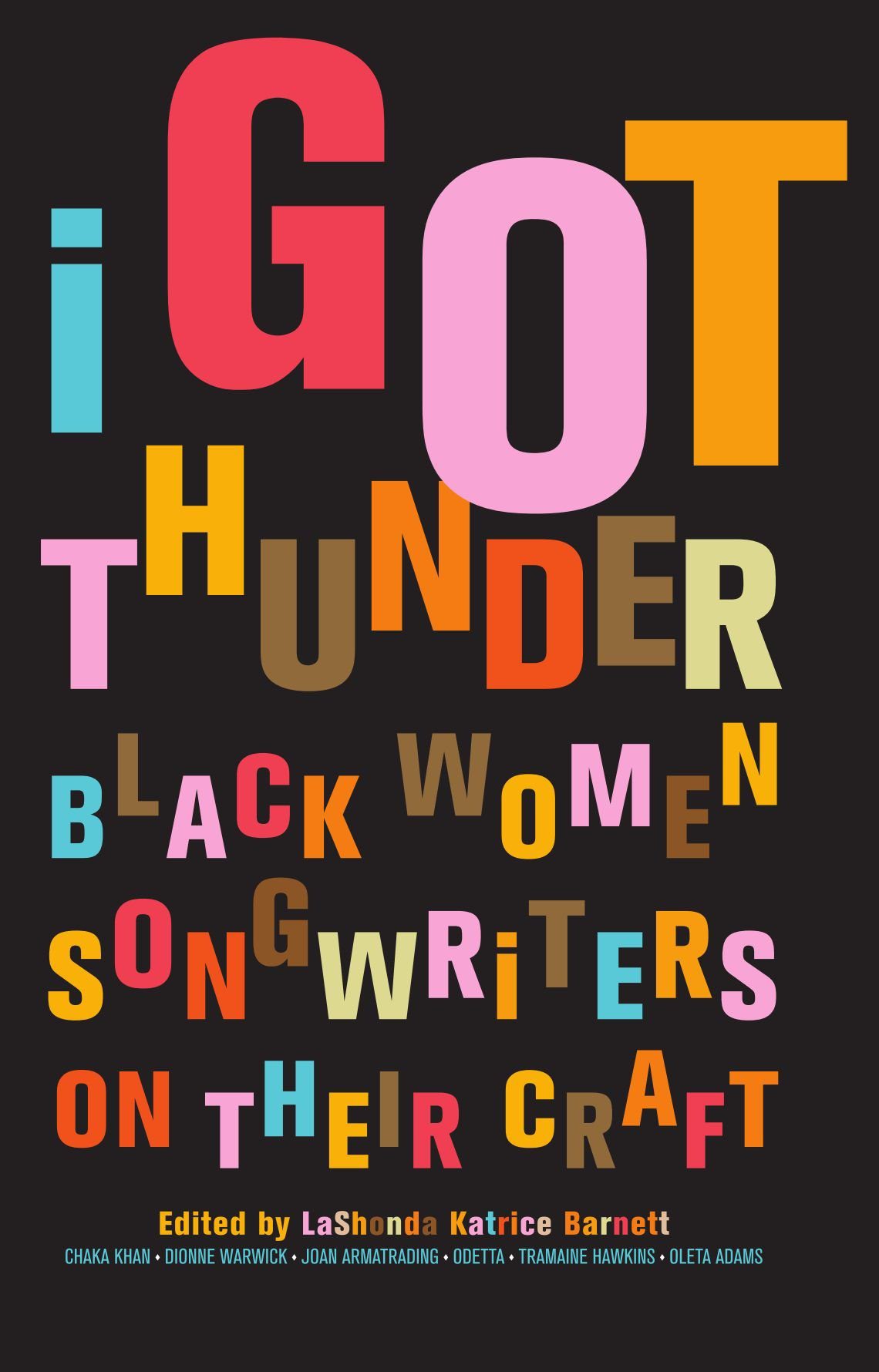 by which I mean to resist approaching historical information with a teleological mindset, and to bring rich analysis to source material in order to paint a vivid picture of a time period. As a trained historian, I have those tools and it’s fun to use them.
by which I mean to resist approaching historical information with a teleological mindset, and to bring rich analysis to source material in order to paint a vivid picture of a time period. As a trained historian, I have those tools and it’s fun to use them.
Rumpus: This year, not only is your debut novel being published, but one of your plays is being staged in New York.
Barnett: Yes, I’m very excited. L’Echange, French for “The Exchange” will be mounted in May by the off-Broadway theater Stage Left, directed by Cheryl King. It’s about an interracial, married lesbian couple who do a home swap with a straight French couple. Both couples are dealing with difficult relationships with adult children. Mainly, it’s June and Helen—the American couple’s—drama with their black son. My trilogy of plays, of which L’Echange is the third, deals with race as it bears upon this one American family. I’m increasingly interested in race and in racism and how it affects interracial families. We are marrying interracially, the school are full of these beautiful multiracial children, yet racism still pulls at the threads of American fabric? We all have ingrained the separation of church and state, but the separation of state and family? Which is to say, if you’re married or partnered to a black person, how can Ferguson be on television and not come inside your home? How can it not affect the family? How is this going to play out in our new families if we don’t develop better tools for talking about race? Or are we banking on “mixed” families by their very nature fixing the racism problem? I’d never in a million years put money on that.
Rumpus: Have you started working on another book?
Barnett: I’m moving into the fifth chapter of a new novel called God’s Follies, set in Gilded Age Manhattan. A Jewish immigrant woman and a Guadeloupean immigrant woman vie for downtown Manhattan’s underworld. There’s a Midwestern actress that rounds off this love-triangle where money is the true object of affection, not someone’s heart. It all revolves around the greatest heist of the century. It’s a fun story. I needed some fun after researching the last two books about Jim Crow and slavery, respectively. Very difficult to research on a personal level. God’s Follies is funny, bawdy, satirical, very inventive. I’m so inspired that I’m writing on tour late in my hotel rooms.
Rumpus: I know that you have two interview books collecting your conversations with an incredible group of musicians and are working on another.
Barnett: What I found so wonderful about doing those projects was the subjects’ enthusiasm to tell a different part of their story, the creative-intellectual aspects of music making. Our culture is fame-obsessed and journalists writing about popular culture outlets pander to readers who are interested in sensationalistic tidbits. I think it’s a shame that all of this talent will eventually leave the planet and we will not know what it took for them to become who they are. It occurred to me, someone should talk to these brilliant women artists about what it has meant for them to make music. That was my energy when I wrote these invitation letters and their responses were emphatic yesses. They were like: “I will clear my schedule because you want to ask the questions that nobody asks us. You actually want to talk to me about the recording process? You want to talk to me about lyric writing?” They were so happy.
***
Author photo © Ellen Foto.




